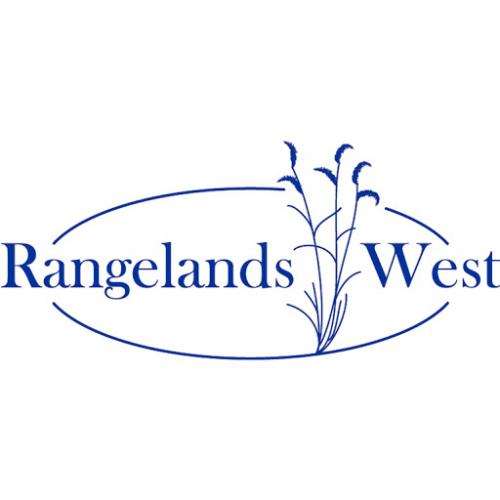In this review, Sayre compared eight sites in southern Arizona and New Mexico, where different combinations of four conservation practices are taking place. The practices studied were fire restoration, threatened and endangered species management, long-term livestock exclusion, and periodic livestock exclusion. Sites were selected to reflect the major permutations of landownership (private, state, federal) in the region, along with a range of different combinations of practices. There is significant interest and private-sector leadership in restoring fire to southwestern rangelands, however, there is a pronounced shortage of predictive scientific knowledge about the effects of fire and livestock grazing on threatened and endangered species. Fire restoration is easier on lands that are either privately owned or not grazed; conversely, the presence of threatened and endangered species is more likely to interfere with fire restoration on grazed public lands. Collaborative management facilitates implementation of conservation practices, especially where landownership is mixed, and periodic livestock exclusion may be necessary for conservation, but permanent livestock exclusion may be counterproductive because of interactions with land-use and landownership patterns.

Articles, citations, reports, websites, and multimedia resources focused on rangeland ecology, management, restoration, and other issues on American rangelands.